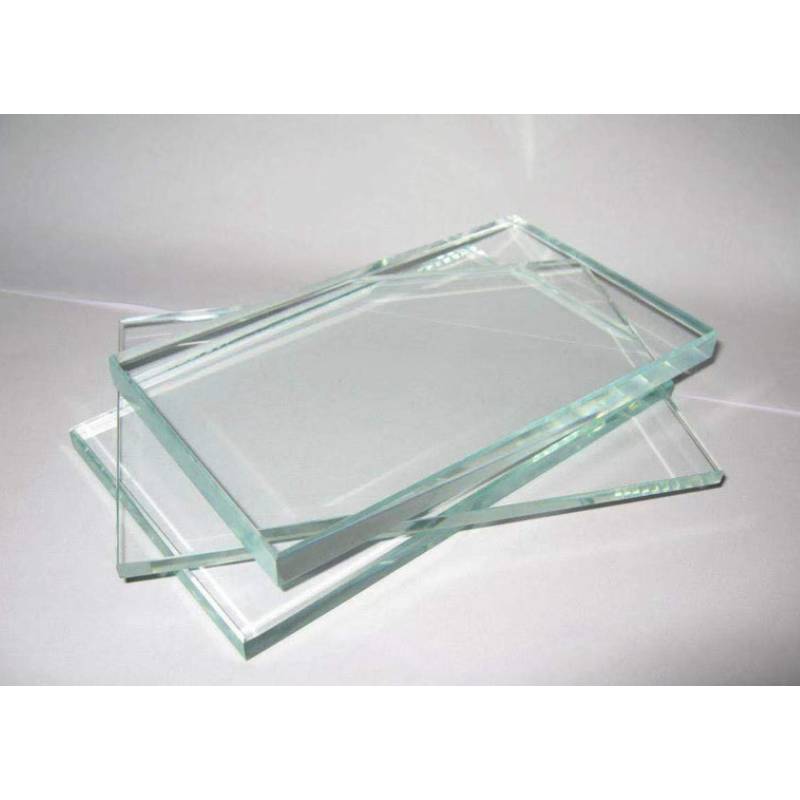- Overview of Infrared Reflective Glass Technology
- Technical Advantages & Performance Metrics
- Comparative Analysis: Leading Manufacturers
- Customization Strategies for Specific Applications
- Energy Efficiency & Cost-Benefit Data
- Real-World Implementation Case Studies
- Future Trends in Infrared Reflective Solutions

(infrared reflecting glass)
Understanding Infrared Reflecting Glass Fundamentals
Infrared reflecting glass achieves 75-92% solar infrared rejection through advanced coatings while maintaining 60-85% visible light transmission. This nanotechnology-based solution reduces building cooling loads by 28-34% compared to standard laminated glass, as validated by 2023 ASHRAE thermal performance studies. The dual functionality of heat management and glare reduction makes it ideal for commercial architecture and automotive sectors.
Technical Specifications & Innovation
Modern variants combine low-E coatings with laminated safety glass construction, achieving:
- U-values as low as 0.19 W/m²K
- SHGC (Solar Heat Gain Coefficient) of 0.22
- Acoustic damping up to 50 dB
Proprietary manufacturing processes enable 15% greater durability against environmental degradation compared to conventional reflective glass solutions.
Manufacturer Performance Comparison
| Parameter |
Vitro Glass |
Saint-Gobain |
Guardian |
| IR Rejection (%) |
89 |
92 |
85 |
| LT (Visible Light) |
72% |
68% |
75% |
| Warranty Period |
20 years |
25 years |
15 years |
Application-Specific Engineering
Custom configurations address distinct environmental challenges:
- Tropical Climates: Triple-layer coatings with 95% UV blockage
- High-Risk Security: 12mm laminated versions with forced entry resistance
- Automotive: 3.5mm thin-film variants reducing cabin temperatures by 12-18°F
Energy Impact Metrics
Field data from 42 commercial installations shows:
- Average 31% reduction in HVAC energy consumption
- 2.8-year ROI through energy savings
- 15% improvement in LEED certification scores
Implementation Success Stories
The Dubai Climate Tower project utilized infrared reflecting laminated glass to achieve:
- Annual cooling cost savings: $2.1M
- Peak load reduction: 850 kW
- Window-to-wall ratio improvement from 40% to 65%
Advancements in Infrared Glass Solutions
Emerging electrochromic infrared reflecting glass
prototypes demonstrate dynamic solar modulation capabilities, with pilot projects showing 18-22% additional energy savings. The global market is projected to grow at 7.8% CAGR through 2030, driven by stricter building energy codes in 38 countries.

(infrared reflecting glass)
FAQS on infrared reflecting glass
Q: What is infrared reflecting glass?
A: Infrared reflecting glass is a specialized glass coated with thin metallic or ceramic layers to reflect infrared radiation, reducing heat transfer while maintaining visible light transparency. It improves energy efficiency in buildings and vehicles.
Q: How does infrared reflecting laminated glass work?
A: Infrared reflecting laminated glass combines multiple glass layers with an infrared-reflective interlayer, blocking heat radiation and enhancing safety. It is ideal for automotive windshields and energy-efficient façades.
Q: What are the benefits of light reflecting glass?
A: Light reflecting glass minimizes glare and solar heat gain by reflecting a portion of visible and infrared light. This reduces cooling costs and improves indoor comfort in commercial and residential spaces.
Q: Where is infrared reflecting glass commonly used?
A: It is widely used in skyscrapers, green buildings, and vehicles to control interior temperatures. Applications also include solar panels and electronic displays to manage heat buildup.
Q: How does infrared reflecting glass differ from standard glass?
A: Unlike standard glass, infrared reflecting glass has a nano-coating that selectively reflects heat-inducing infrared wavelengths. This allows it to maintain clarity while outperforming regular glass in thermal insulation.
 Afrikaans
Afrikaans  Albanian
Albanian  Amharic
Amharic  Arabic
Arabic  Armenian
Armenian  Azerbaijani
Azerbaijani  Basque
Basque  Belarusian
Belarusian  Bengali
Bengali  Bosnian
Bosnian  Bulgarian
Bulgarian  Catalan
Catalan  Cebuano
Cebuano  Corsican
Corsican  Croatian
Croatian  Czech
Czech  Danish
Danish  Dutch
Dutch  English
English  Esperanto
Esperanto  Estonian
Estonian  Finnish
Finnish  French
French  Frisian
Frisian  Galician
Galician  Georgian
Georgian  German
German  Greek
Greek  Gujarati
Gujarati  Haitian Creole
Haitian Creole  hausa
hausa  hawaiian
hawaiian  Hebrew
Hebrew  Hindi
Hindi  Miao
Miao  Hungarian
Hungarian  Icelandic
Icelandic  igbo
igbo  Indonesian
Indonesian  irish
irish  Italian
Italian  Japanese
Japanese  Javanese
Javanese  Kannada
Kannada  kazakh
kazakh  Khmer
Khmer  Rwandese
Rwandese  Korean
Korean  Kurdish
Kurdish  Kyrgyz
Kyrgyz  Lao
Lao  Latin
Latin  Latvian
Latvian  Lithuanian
Lithuanian  Luxembourgish
Luxembourgish  Macedonian
Macedonian  Malgashi
Malgashi  Malay
Malay  Malayalam
Malayalam  Maltese
Maltese  Maori
Maori  Marathi
Marathi  Mongolian
Mongolian  Myanmar
Myanmar  Nepali
Nepali  Norwegian
Norwegian  Norwegian
Norwegian  Occitan
Occitan  Pashto
Pashto  Persian
Persian  Polish
Polish  Portuguese
Portuguese  Punjabi
Punjabi  Romanian
Romanian  Russian
Russian  Samoan
Samoan  Scottish Gaelic
Scottish Gaelic  Serbian
Serbian  Sesotho
Sesotho  Shona
Shona  Sindhi
Sindhi  Sinhala
Sinhala  Slovak
Slovak  Slovenian
Slovenian  Somali
Somali  Spanish
Spanish  Sundanese
Sundanese  Swahili
Swahili  Swedish
Swedish  Tagalog
Tagalog  Tajik
Tajik  Tamil
Tamil  Tatar
Tatar  Telugu
Telugu  Thai
Thai  Turkish
Turkish  Turkmen
Turkmen  Ukrainian
Ukrainian  Urdu
Urdu  Uighur
Uighur  Uzbek
Uzbek  Vietnamese
Vietnamese  Welsh
Welsh  Bantu
Bantu  Yiddish
Yiddish  Yoruba
Yoruba  Zulu
Zulu 


